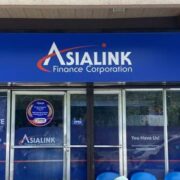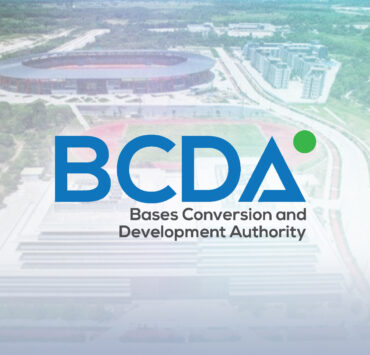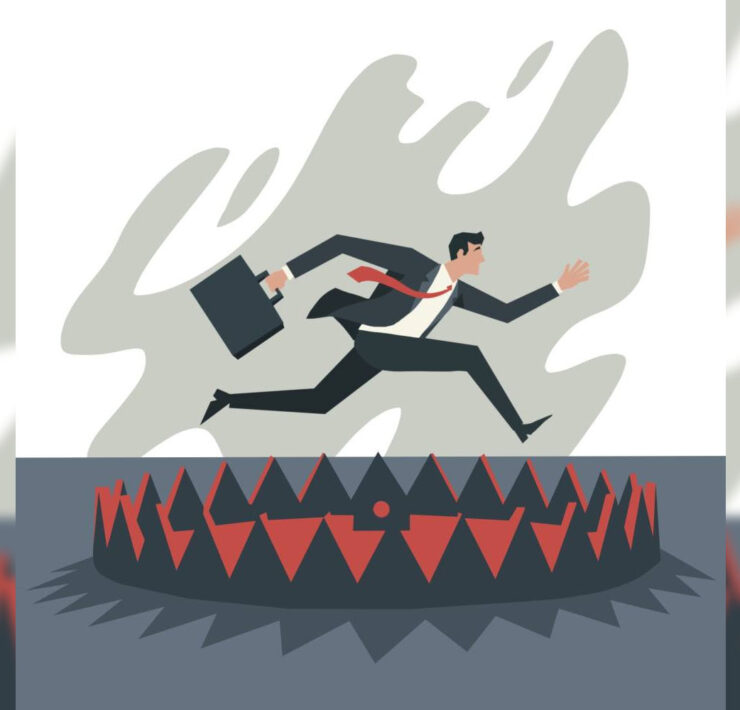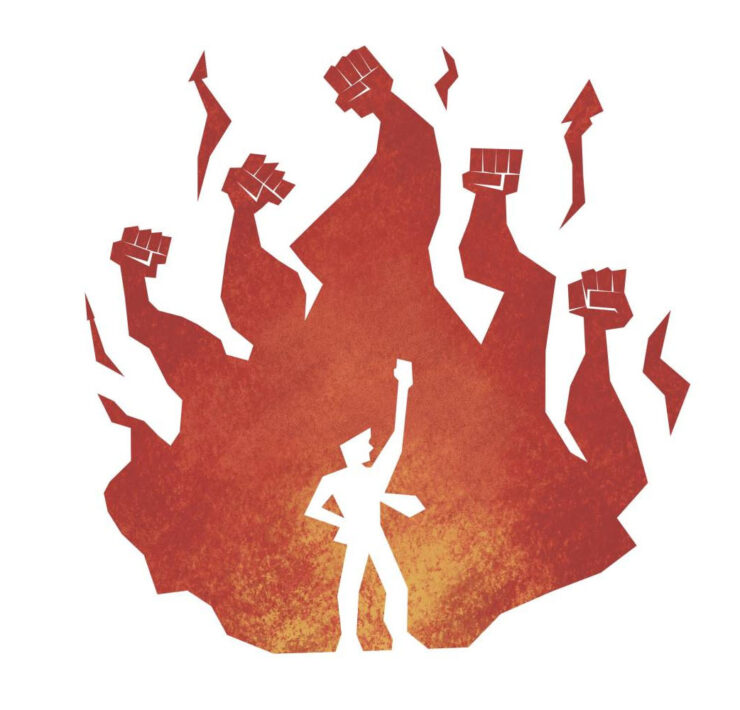Sunk cost thinking ruins innovation

There is nothing so useless as doing efficiently that which should not be done at all.” —Peter Drucker, “The Effective Executive”
One of the hardest things for leaders is knowing when to stop.
We’re taught to push forward. To persevere. To fight sunk cost by doing more, rather than asking if we should be doing it at all. But as Peter Drucker reminds us, efficiency is meaningless if you’re working on the wrong thing.
In my years as a strategist and entrepreneur, I’ve seen countless initiatives kept alive, not because they were still viable, but because too much had already been invested to let go. The logic goes something like this:
“We’ve already spent P200 million. We can’t stop now.”
“We’ve launched in two cities. Let’s give it more time.”
“The team has been working on this for months. It would be a waste not to continue.”
These are emotional justifications dressed as business reasons. When we fall into sunk cost thinking, we stop asking, “What’s best for the business now?” Instead, we ask, “How do I protect past decisions?”
Why sunk costs should be ignored
The sunk cost fallacy is the tendency to keep investing in a losing or failing project simply because of past investments, instead of focusing on future potential. By definition, sunk costs are irrecoverable and should not influence current decisions.
Yet many companies feel it’s irresponsible to walk away after so much has been spent.
The truth is: continuing a failing project does not recoup losses. It compounds them.
Every hour spent trying to save a flawed initiative is an hour not spent building something better.
The Target Canada case
Target’s rapid expansion into Canada is a textbook example of the sunk cost fallacy.
They lost over $5 billion in under two years. Despite clear signs of underperformance such as empty shelves, inventory mismanagement and products mismatched with Canadian taste, they kept investing in fixes, hoping to turn things around.
Their key mistakes were:
- Scaling too fast without testing or phased rollouts.
- Ignoring local customer preferences.
- Operational failures in supply chain and inventory management.
- Reluctance to cut losses, continuing to invest despite failure signals.
Ultimately, Target exited Canada, closing more than 100 stores. Their unwillingness to stop sooner cost billions and tarnished their brand.
A personal experience: Jakarta pilot project
Over a decade ago, we launched a pilot project in Jakarta. The market looked promising: a growing middle class and a gap our business model could fill. We didn’t rush in. We structured the pilot with clear goals, measurable KPIs (key performance indicators), a fixed timeline and internal review checkpoints.
I flew to Jakarta almost weekly. The investment was personal and financial.
Early signs were positive, but midway, cracks appeared. Consumer adoption was slower than projected. Local operations were more complex. Some original assumptions no longer held.
At that point, we faced a choice: keep pushing or revisit our assumptions. Without a disciplined business review, it’s easy to keep going simply because of what was already invested.
We chose to stop, not because the pilot failed, but because the data told us it no longer made sense to continue as planned.
It was a hard call, but it saved resources and refocused our efforts elsewhere.
What helped us decide was the courage to ask, “If we were to decide today, knowing what we now know, would we still move forward?” This question is a powerful guardrail against sunk cost bias.
Strategic discipline: Starting and stopping the right way
Whether launching a new product, entering a market, or initiating transformation, here are five strategic practices I recommend:
1. Identify your assumptions.
Every strategy rests on assumptions about customers, capabilities or the market. What must be true for this to succeed? How will we know if it’s working?
Document and validate these early. If assumptions fail, no amount of execution will save the strategy.
2. Run a smart pilot.
Test before scaling. Design a pilot with: fixed budget and timeline; clear success/failure criteria, robust business model; a focus on learning, not just winning.
The goal is fast, but cheap feedback, not instant triumph.
3. Predefine exit criteria.
Agree on kill signals before you start: What data will tell us to stop? What numbers mean it’s not working?
These criteria protect you from emotional decision-making.
4. Use independent review.
Bring in unbiased perspectives to review progress. Ask, “If this were a new proposal, would we still invest?” If the answer is no, it’s time to stop.
5. Celebrate learning, not just wins.
Build a culture where stopping a project early is a smart choice, not a failure.
When people fear punishment for flagging problems, honesty disappears. Progress means clarity and courage, not just success.
Steward the future; don’t justify the past.
Sunk cost thinking is seductive, it delays tough decisions and masks risk as loyalty.
But real innovation demands looking forward, not backward.
Drucker’s words remain urgent, “… One cannot exploit opportunity if productive resources, and especially the scarce resource of high-performing people, are committed to keeping yesterday alive a little longer … defending the obsolete, and making alibis for things that should have worked but did not.”
Your job as a leader isn’t to justify past spending. It’s to make strategic choices about where to invest next. Sometimes, the best strategic choice isn’t what you launch, it’s what you walk away from.
That’s how you make room for something better.
Josiah Go is chair and chief innovation strategist of Mansmith and Fielders Inc. He is also cofounder of the Mansmith Innovation Awards. To ask Mansmith Innovation team to help challenge assumptions in your industries, email info@mansmith.net.





















